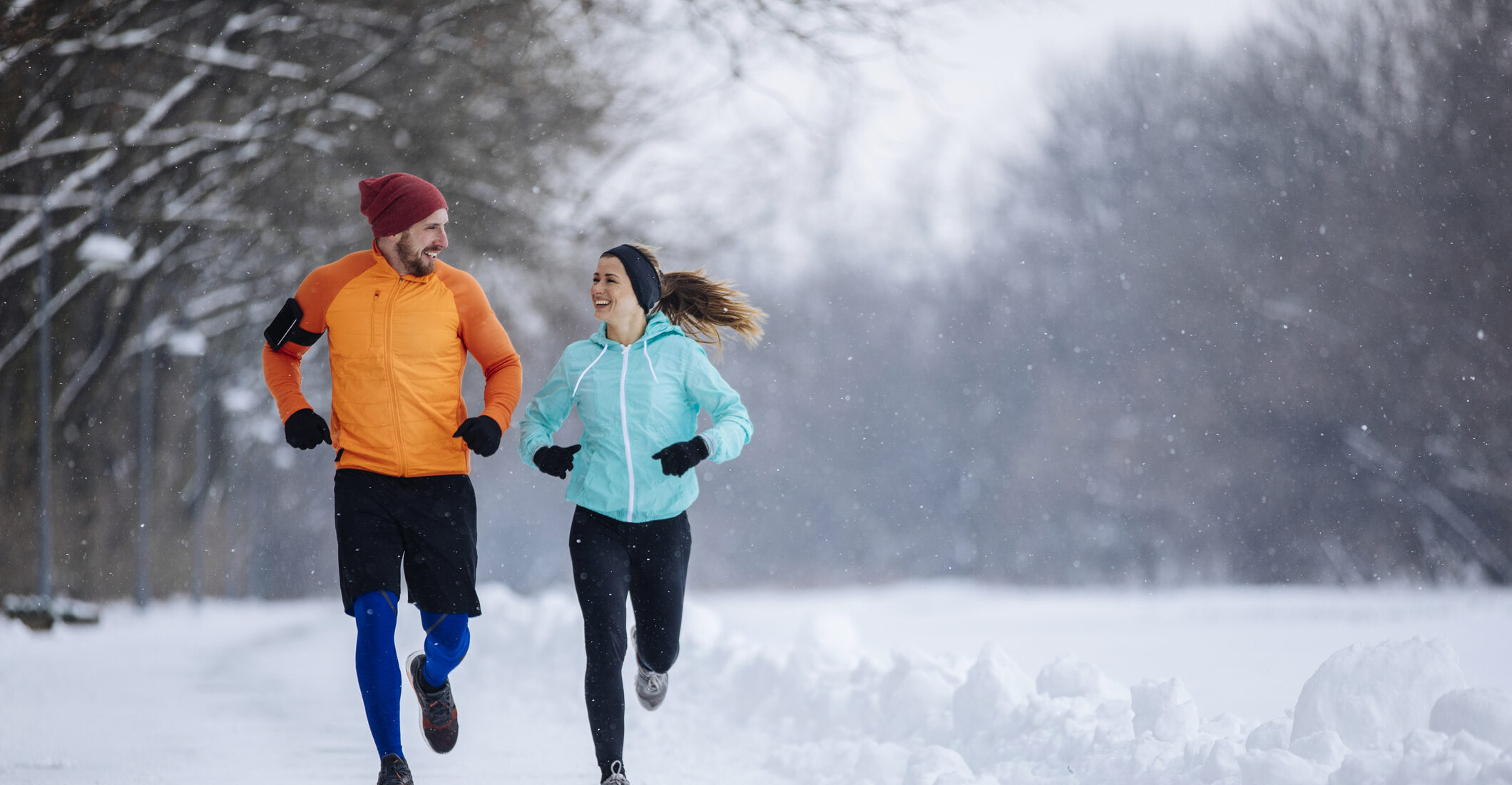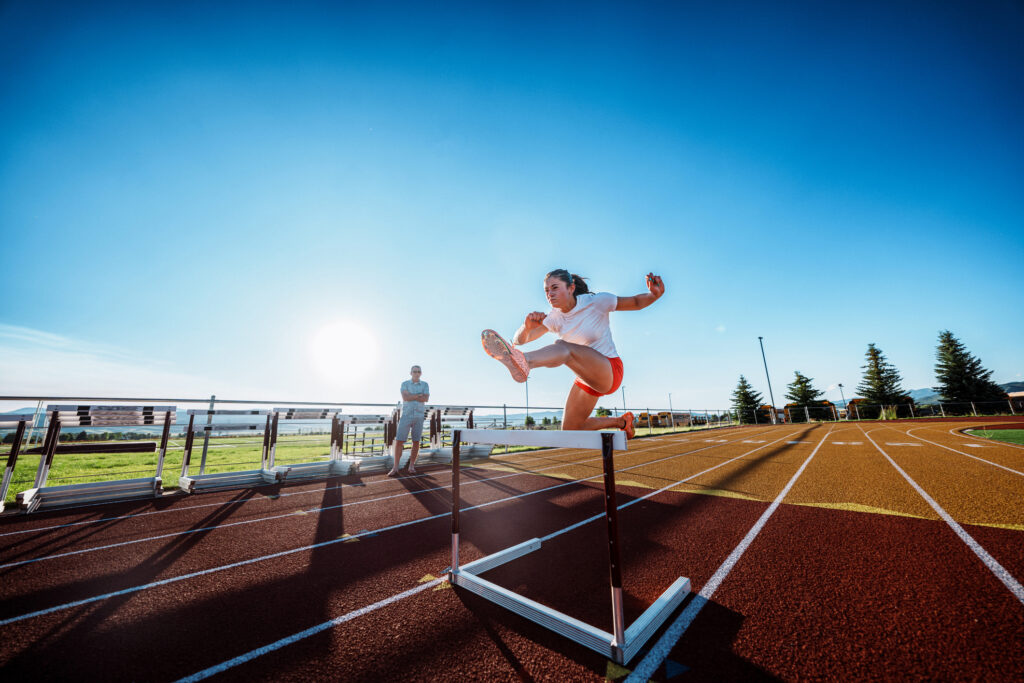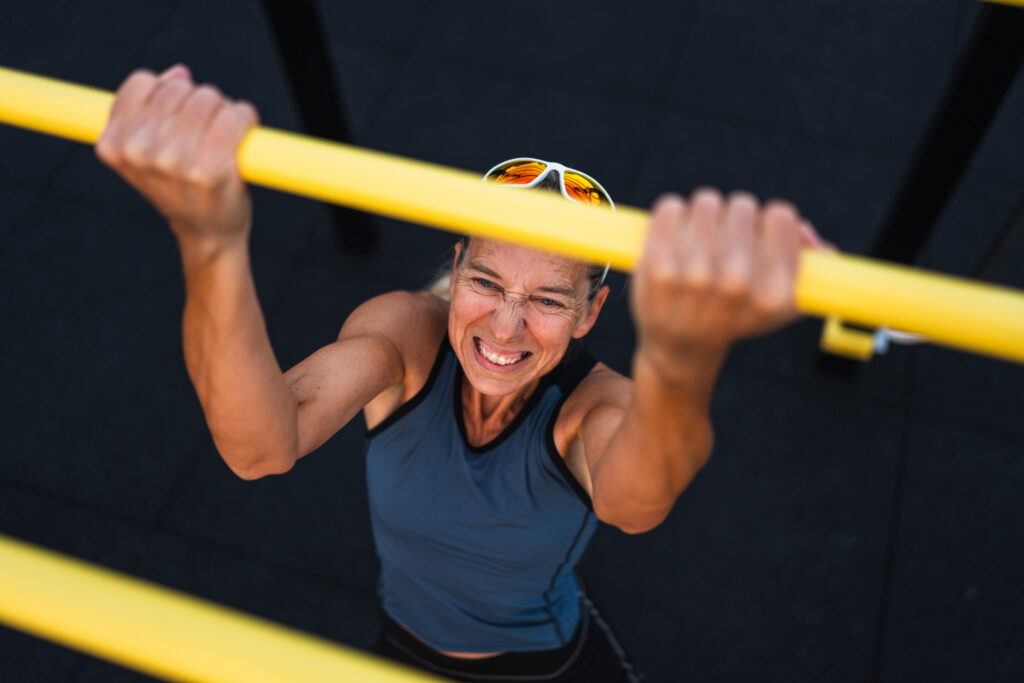Nonalcoholic fatty liver disease (NAFLD) has become a growing health concern, affecting approximately one in four people worldwide. Despite its prevalence, effective treatment strategies remain limited. While diet and exercise are widely recommended, little is known about how combining cold exposure with exercise might influence NAFLD progression—and the molecular mechanisms behind it.
To explore this, our team conducted a pre-clinical study using mouse models with diet–induced NAFLD. A total of twenty-four NAFLD mice were divided into three groups: one group experienced cold exposure at 5°C, another group performed exercise at room temperature (22°C), and the third group underwent a combination of cold exposure and exercise. Interventions lasted one hour per day, five days a week, for eight weeks total. We measured bodyweight, liver mass, blood lipid profile, circulating fibroblast growth factor 21 (FGF21) levels, liver histopathology, and key molecular markers, including FGF21 and its receptor complex, β-klotho/FGFR1. The results of our study were quite remarkable, to be published in the September 2025 issue of Medicine & Science in Sports & Exercise®. Mice receiving the combined cold exposure and exercise intervention showed the greatest improvements: lower body weight and liver weight, reduced liver fat and fibrosis, improved lipid profiles, and activation of the FGF21-β-klotho/FGFR1 signaling pathway. These findings suggest that cold exposure and exercise work synergistically to enhance liver metabolism and reduce injury.
These results highlight the translational potential of dual environmental and behavioral interventions. Beyond mouse models, this combined approach could offer a non-pharmacological approach for individuals with NAFLD, particularly those who respond poorly to diet, medication or traditional exercise. For strength and conditioning specialists, coaches, and athletes, these findings hint at novel ways to optimize metabolic health through controlled environmental stressors combined with exercise.
Importantly, our study also raises the possibility of applying such interventions to active women outside military. They could potentially incorporate cold exposure—such as cold-water immersion or outdoor training in cool environments—alongside structured exercise to support metabolic health. This group can comprehensively promote metabolic health from multiple dimensions, including increasing energy consumption, promoting fat decomposition and oxidation, enhancing mitochondrial function to improve cellular energy metabolism efficiency, and improving insulin sensitivity. However, human studies are needed to confirm the optimal protocols.
Cold exposure may enhance the benefits of exercise with NAFLD by how the body responds to low temperatures. Cold activates brown adipose tissue and stimulates thermogenesis, which increases overall energy expenditure and promotes lipid utilization. When combined with exercise, this additional metabolic demand seems to further improve fat metabolism, especially enhancing the efficiency of fat oxidation, thereby reducing liver fat accumulation. At the molecular level, cold exposure may further boost the FGF21 pathway, enhancing the liver’s ability to process fats and resist injury.
Ultimately, our work suggests that pairing exercise with cold exposure isn’t just a novel idea—it’s a promising strategy to slow NAFLD progression. By revealing the underlying molecular mechanisms, we provide a foundation for further human studies and practical strategies for improving metabolic health across diverse populations.
Looking ahead, the next step is to test whether these findings translate to humans. Clinical trials are needed to determine safe and practical ways of combining cold exposure with exercise, especially in diverse groups such as women, recreational athletes, and patients with early-stage NAFLD. Future studies could also explore optimal “doses” of cold and exercise, as well as whether more accessible strategies—like cold-water immersion following an exercise bout—can deliver similar benefits.

Zhao Jiexiu, PhD, is the vice president for the International Council for Coaching Excellence (Asia region) and chairman of the Chinese Association of Exercise Physiology and Biochemistry. He is a professor at the China Institute of Sport Science. His research focuses on theory and methods of sports training monitoring and human performance in extreme environments, particularly high and low temperatures.




